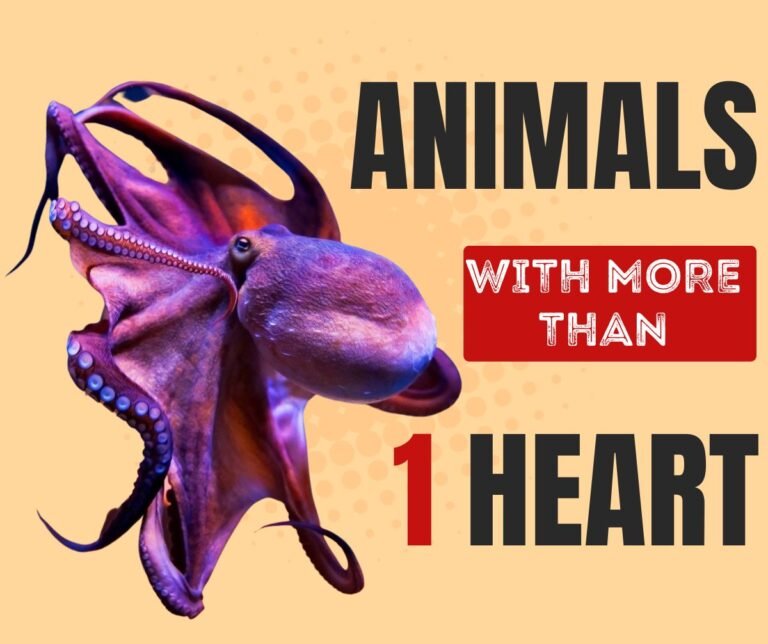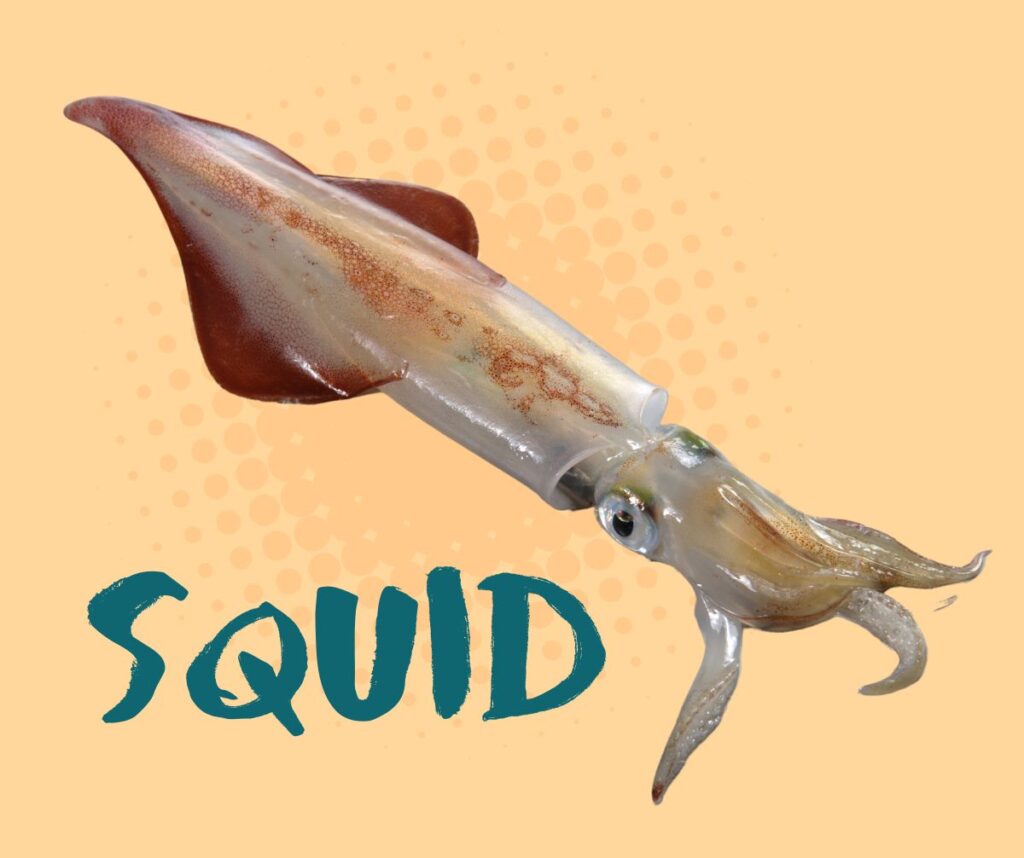
Have you ever wondered how some animals manage to survive in extreme conditions or perform remarkable feats of endurance? Well, one of the secrets lies in their cardiovascular system.
While humans typically have a single heart that pumps blood throughout our bodies, there are some incredible creatures out there with multiple beating hearts.

Nature has a way of surprising us with its diversity and ingenuity. Among the many extraordinary adaptations in the animal kingdom, some creatures possess a truly remarkable feature—multiple beating hearts.
Octopuses are incredibly intelligent and adaptable creatures. They have three hearts that serve different functions.
The systemic heart pumps oxygenated blood to its organs and tissues, similar to our own heart. The two branchial hearts pump deoxygenated blood to the gills, allowing octopuses to efficiently extract oxygen from water. This gives them a major advantage in their underwater environment.
The hagfish is one weird animal. It looks like an eel, but it’s slimy and has no spine. It’s the only animal with a skull but no backbone. And get this, it has four hearts! One heart pumps blood throughout its body, while the other three help out.
These hearts can keep beating for 36 hours without oxygen. That’s probably why hagfish have really low blood pressure. They also have the highest blood volume compared to their size. They’re like blood-filled balloons!
Squids, like octopuses, have three hearts. One heart pumps blood around the body, while the other two pump oxygen through the gills. All three hearts are located in the mantle cavity, which is filled with seawater.

Squid blood contains a copper-rich compound called hemocyanin, which turns deep blue in certain conditions. When the blood returns to the heart, the squid removes waste and excretes it through the mantle cavity. This allows the squid to breathe and get rid of waste effectively.
Cockroaches, since members of the Kindom Animalia which belong to the Phylum Arthropoda, those pesky bugs we all hate. We all know they can survive almost anything, and one reason for this is their 13 hearts.
Well, actually, it’s one heart with 13 chambers, but that’s just getting into technicalities. These chambers are lined up and each one pumps blood to the next, making their hearts super strong. Cockroaches are found all over, but we mostly know them for invading our homes.
Believe it or not, horses actually have multiple “hearts”! You wouldn’t think of a horse as having more than one heart, but it’s true. Instead of actual hearts, horses have a specialized organ called a frog at the bottom of each foot.
This frog acts as a blood reservoir and when the horse’s foot hits the ground, the blood in the frog is pushed into the arteries, effectively pumping blood around the horse’s body.

So, while they may not be traditional hearts, these frogs do the job of pumping blood, making it like horses have five hearts in total.
As we explore these surprising facts about animals with multiple beating hearts, it becomes clear that nature’s creativity knows no bounds. From the depths of the ocean to the heart of the soil, these creatures continue to inspire awe and curiosity among scientists and nature enthusiasts alike.